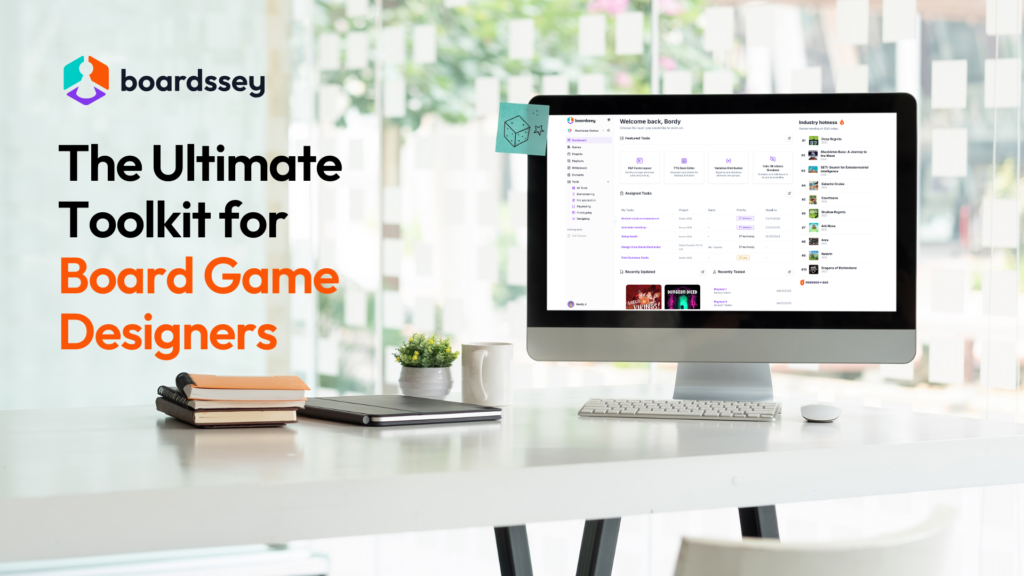Charles Ward
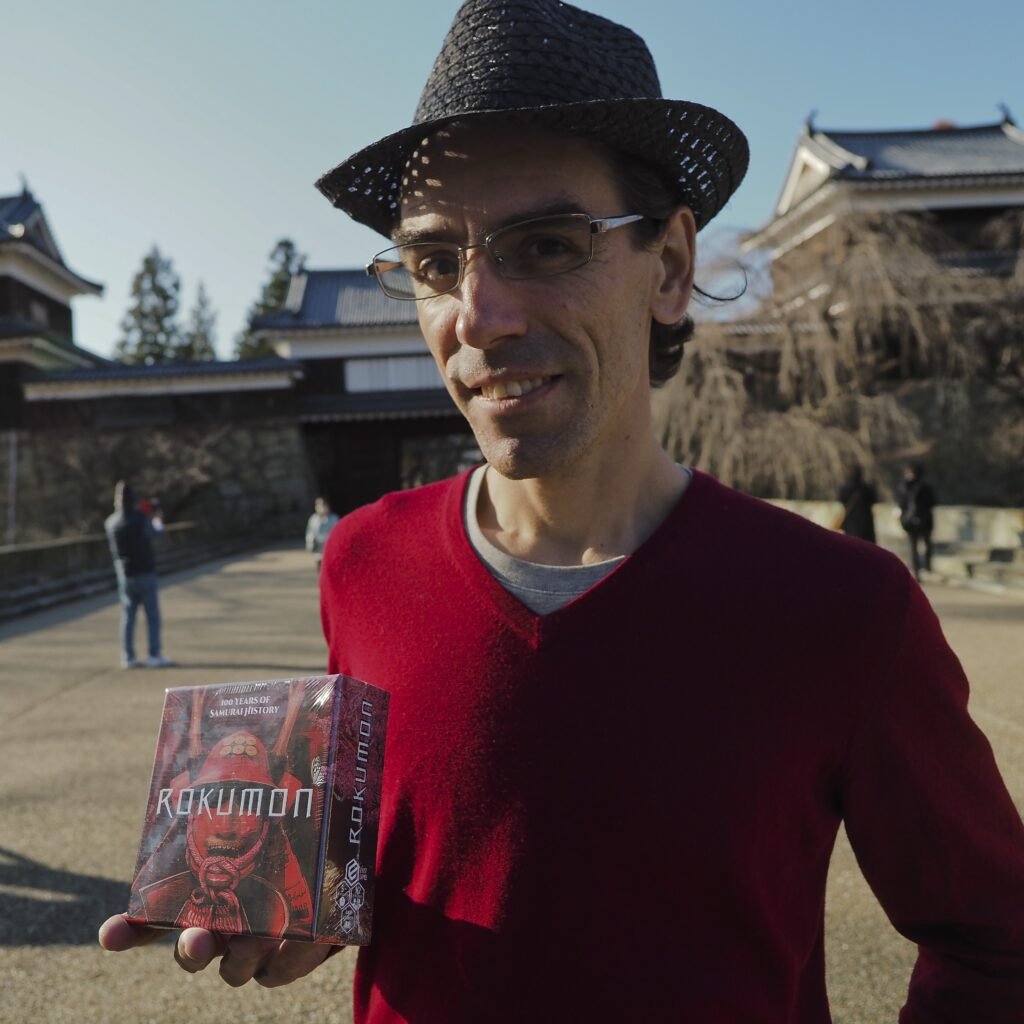
Whether it was the captivating artwork or the game’s many layers, Sky Towers instantly clicked for me. And just as effortlessly as the game resonated with me, reaching out to its creator, Charles Ward, was just as seamless. Having seen him release both forever-free PNPs and beautifully crafted boxed editions, I reached out to him to share his journey with us. Here’s what he had to say:
Hi there, Charles!
Hi everyone! Thank you for inviting me to PNP Time. It’s an honor to share my journey with everyone. The board game community, both online and offline, is special, incredibly supportive, diverse, and fun. The growing design groups and the print-and-play circles are just awesome. Whether you are a designer, a crafter, a gamer, or any of the above – welcome all – I hope you are ready to have some fun.
What inspired you to start designing games? Tell us how your journey began.
If you don’t mind, I will answer these questions in reverse order.
Anyone with a bit of creativity, a love for puzzles, and some rudimentary graphic design skills can quickly fall into the game design rabbit hole. Beware – The whole hobby is a rabbit hole! Unlike most game designers who have been playing games regularly since birth, I came into the modern board game hobby in 2013 looking to design a game. Yes, I played games as a kid and loved them, but that all disappeared when computers invaded my world of play.
It was refreshing to rediscover my love of analog games and to find many new titles to explore while researching game design. Like many, I went on a bit of a binge, backing Kickstarters which offered a print-and-play option just to cut down on shipping, the price point, and the wait. I wanted to try new games as soon as possible. Fortunately, many of them were fairly mediocre, which gave me the confidence to design my own.
What inspired me to start designing games was the students at the little English language school I ran here in Matsumoto, Japan. I was looking for an immersive world for them to explore and use the language they were learning. I made map tiles featuring locations, characters, and missions for about a year. It was fun, but that game never got made. My research was all on boardgamegeek.com. I fell in love with the contests, and still try to win them. I also fell in love with all the new board games that were coming out. At this point, I stopped trying to design educational games and focused on games for my students, friends, and me to enjoy.
Can you share the biggest challenge you faced while designing your first game and how you overcame it?
Well, it’s hard. You think you have a fully formed idea in your head that is NOT fully formed. You then spend a lot of time and energy writing, designing, and printing a physical model of that idea, to find that you need to redesign 90% of it as soon as you have finished cutting over 150 cards. And you know that you will do that again, and again… and again! You have to keep at it. It takes time.
In the beginning, the biggest challenge for me was getting honest feedback. All my friends said they loved “Blood & Fortune” (my first self-published game) until I published the first print run, without crowdfunding, to find that they didn’t. Never trust your friends for good feedback, even more so if they are not hardcore gamers. It’s great to hear positive things about your game, but they do not make the game better. Praise leaves the game where it is, for better or worse. Criticisms can be mined for ways to improve the game. Criticism is gold!
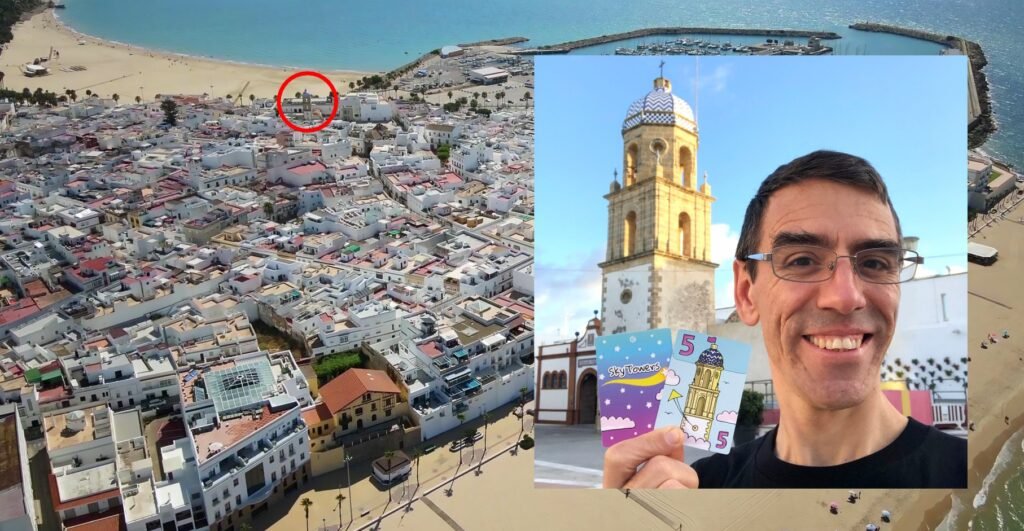
What’s your design process when creating a new game?
Some people start with theme, others with mechanics. I start with components. I look at the physical nature of the components and find new ways they can be used, combined, and reformulated. Mechanics are added and removed many times over until everything clicks and there are no exploitable flaws in the game. By this time a theme has emerged. Art is ordered or created and the files are compiled and shared for playtesting, contests, etc.
Regular playtesting and feedback are essential throughout the design process. I used to share my works-in-progress game designs on BGG as soon as I had something to show. Unfortunately, that disqualifies the game from many contests. So now I test them with friends and family first. This has probably pushed my designs to be more family-friendly, but I’m happy making a game that only takes 1 year rather than 2 or 3 years to make. I also focus on solo games. They are much easier to playtest early, and there is a growing demand for them.
Are there any upcoming projects or games you’re excited about?
Just to give you a bit of context… I’ve been a big advocate of free print-and-play games and will keep releasing my games for free of charge. It’s a great way to promote my games and to serve those who don’t have the means. I’ve also self-funded moderate print runs (1000 copies) of 6 of my games, of which some 2 have sold out. I guess I’m comfortable making games. Now I just need to get better at selling them! So I’m focusing on self-publishing stuff, specifically sales, marketing, and crowdfunding. And it’s exciting for me. In the spirit of crowdsourcing, I would love to hear your thoughts on my plan for 2025. This is what I have in mind:
This year I will release new deluxe print-and-play files of existing titles on Kickstarter. It will be a great chance to promote and present each game in style and grow my audience. Each campaign will give backers access to high-quality files. The high-resolution files will come in various formats (low ink, 9-card, 8-card, gutter fold, A4, letter, etc) without the EX FIRST GAMES logo on every card. Of course, you will still be able to download the Forever Free Print and Play edition of the game for free. As a backer or retailer, you can also secure first-edition copies of my games as add-ons. What do you think?
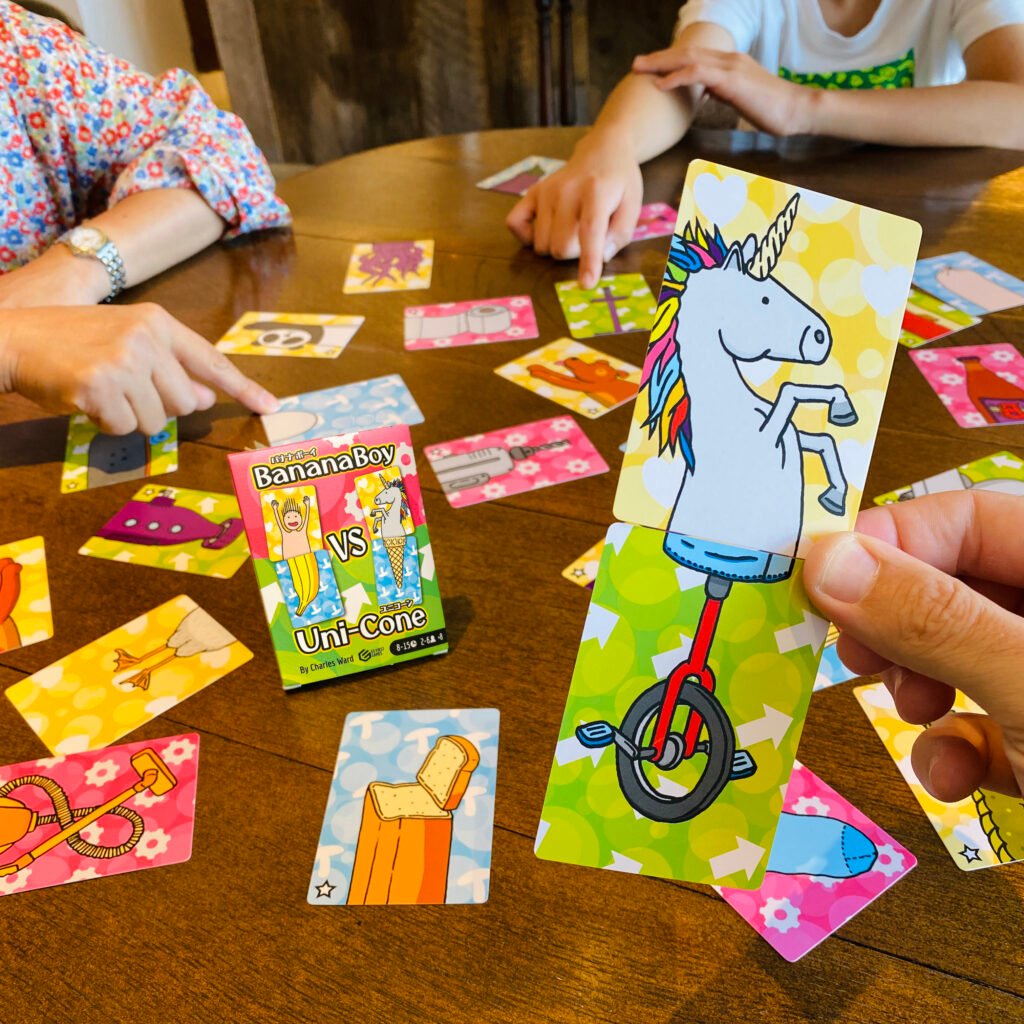
What advice would you give to aspiring game designers, who are interested in print-and-play games?
Start today. It’s a long process, but the process is the goal. The work of a designer is not getting published, that is the work of the publisher. Make a simple game. It’s not easy. Make a new version of an existing game. Make a truly original game. Make a game that only you like to play. Make a game that everyone but you likes to play. Make games in different genres. Make games with other designers. And then keep making games! One day, you (and I) will make great games.
Charles, it’s been an honor featuring you at our 3rd episode of Minds Behind Games. And to answer your question – yes, it sounds like an amazing plan!
Offering high-quality deluxe PNP files is a great way to make your games more accessible while still keeping the Forever Free edition available. Plus, giving backers and retailers the chance to grab first-edition copies adds extra value. I’m excited to see these campaigns unfold.
Best of luck!
Click here to visit Charles’ latest Kickstarter campaign
A bit on our Sponsor - Boardssey
Boardssey is the game-changer for board game designers, streamlining scattered ideas into published games. With purpose-built tools, Boardssey optimizes every stage of the creative journey, helping you centralize your designs, capture actionable playtest feedback, and present your games professionally to publishers.
It’s the platform that turns chaos into clarity, giving designers everything they need to bring their visions to life.
Are you interested? Well then, try it for free!
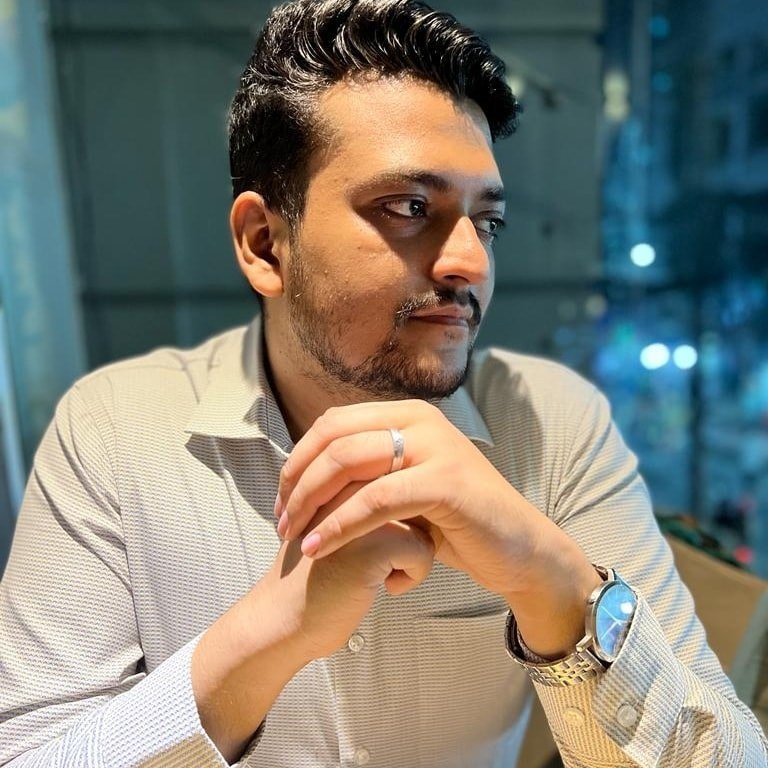
Tasliman is a board game developer based in Bangladesh, with the dream of exploring the world of games and introducing it to anyone new to it. He is the founder of Kraftz, a brand that develops board games commercially, as well as with reputed entities like BRAC and The Gates Foundation.

